
2018 - Sustainable Industrial Processing Summit & Exhibition
4-7 November 2018, Rio Othon Palace, Rio De Janeiro, Brazil


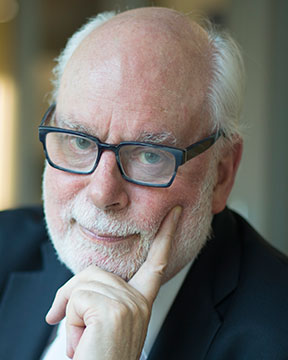
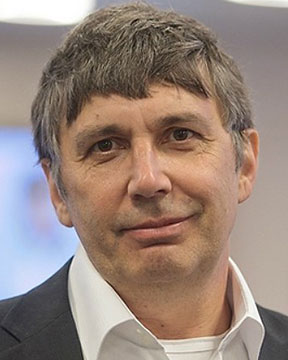
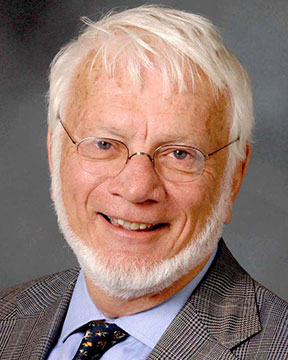
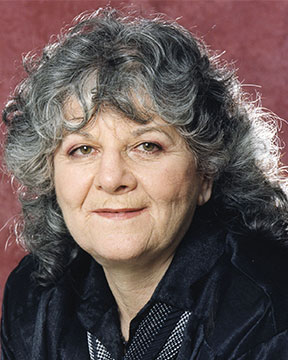
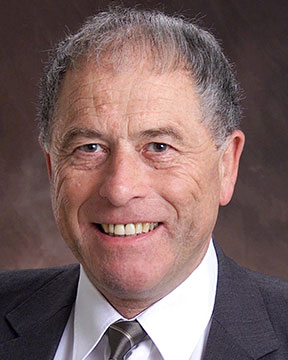












 |
Back to Plenary Lectures » |
Abstract:References: |
|